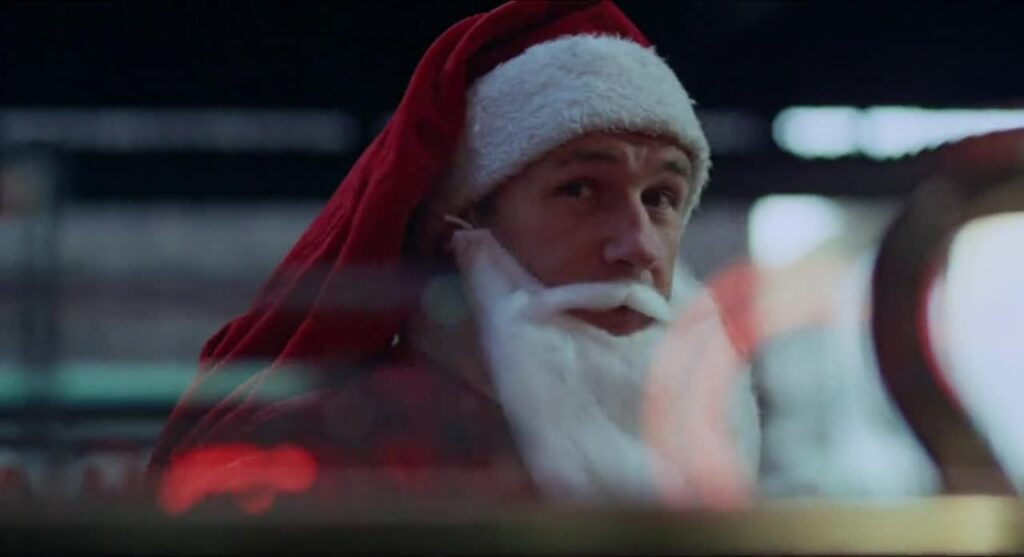
William Friedkin’s The French Connection (1971) is one of those films that completely revolutionized its genre and whose influence is felt even today. Entertainments that range from HBO’s The Wire to Michael Mann’s Heat (1995) are unimaginable without The French Connection. But what is really amazing is that Friedkin improved on the aesthetic exercise of The French Connection with his masterpiece To Live & Die In L.A. (1985); though the later film did not capture the public imagination in quite the same way.
Friedkin’s background in documentary filmmaking and television productions equipped him with a unique skillset that allowed him to create a fiction that is authentically documentarian in its style. The French Connection is a film so viscerally grimy, rough, and violently abrasive that it seems to exist outside the Hollywood norms of the time. Friedkin, in terms of atmosphere, recreates the matter-of-fact naturalism and spontaneity of the underground films of Paul Morrissey, Shirley Clarke, and the earliest features by Brian De Palma. This puts The French Connection in the same vein as the contemporaneous The Panic In Needle Park (1971).
Yet, The French Connection is more than this. The French Connection is a Bressonian reduction of the cop movie to its most fundamental and essential elements. The illusion of stark realism contrasts with the narrative ellipses peppered throughout the film. The French Connection is minimalist in its dialogue and essentialist in its plotting. Long periods of silent police procedures such as tailing a suspect are punctuated by the violent spectacles that define the cop movie genre. Then, where there should be an aftermath to the violence, Friedkin moves the film along to the next procedure that precedes the next spectacle. It is almost symphonic how The French Connection ebbs and flows from the steady currents of surveillance to the monsoons of the chase and the shootout.
Although it may seem that the character driven, internalized morality dramas of Jean-Pierre Melville are a part of The French Connection‘s agenda, nothing could be further from the truth. The universal existentialist nihilism of The French Connection is an extension of Robert Bresson’s Mouchette (1967). The French Connection may share some of the aesthetic trappings of Le Cercle Rouge (1970) but Friedkin is not interested in ideas of identity, masculinity, or codes of honor. The French Connection is a study in futility, obsession, and emptiness. Despite a career best performance from Gene Hackman, Friedkin’s film is not about the people that characters are or could be, but the activities that define their journey.
The French Connection is action in its most primal form. It is the action of plot and the action of the cinematographic mechanism in perfect syncopation. The film is a harmony between genre and aesthetic form that is bookended by the plastic trappings of the genre. The pre-credit coda and the opening theme suggest TV’s Dragnet as if to remind the viewer that, despite its illusion of realism, The French Connection is a work of abstraction through minimalism. For Friedkin The French Connection is in no way superior to the best episodes of shows like Dragnet, it is simply a distillation of that narrative tradition.
